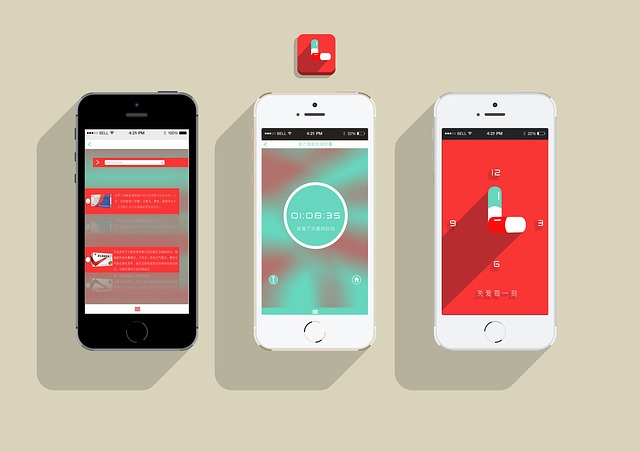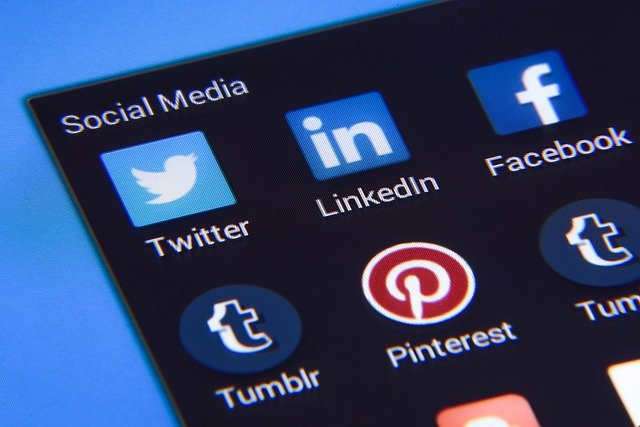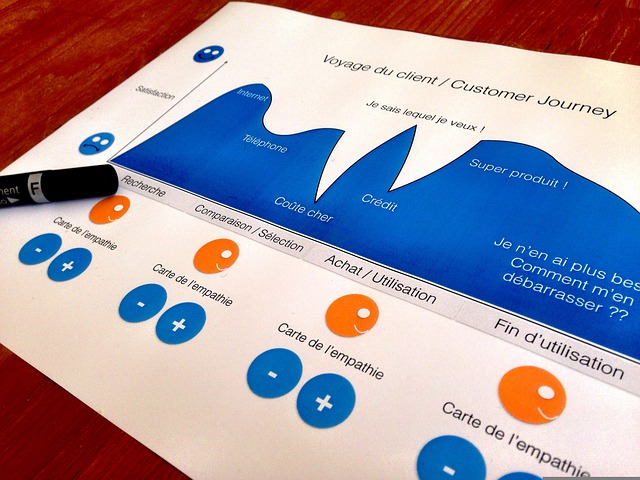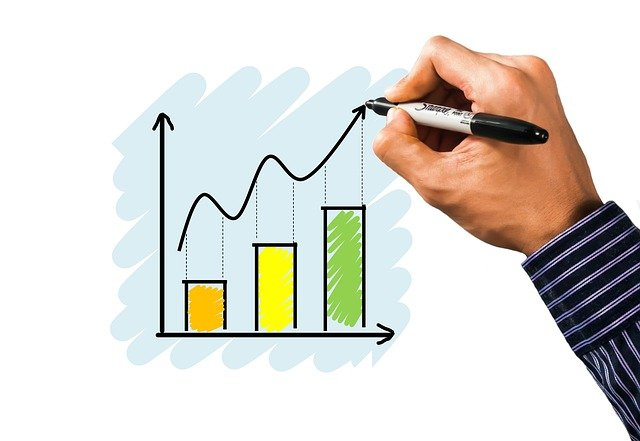B2B SaaS Ultimate Guide
B2B SaaS stands for Business-to-Business Software as a Service. In simple terms, B2B SaaS companies sell software products to other businesses, providing solutions for complex business problems and operations. Ideally, B2B SaaS solutions should be reliable, scalable, secure, and always available.
If you’re starting a B2B SaaS business, you can use this guide as your cheat sheet that you can recall throughout your business growth journey.
What Is B2B SaaS?

B2B SaaS is a business model where businesses sell cloud-based software products to other companies. These products are usually used to make specific tasks easier, faster, or more secure. Areas in which B2B SaaS products are extensively used include accounting, office productivity, CRM (Customer Relationship Management), project management, and cloud storage.
Examples of B2B SaaS Companies and How They Are B2B

Now, let’s take a look at some B2B SaaS companies and what their business model looks like:
Salesforce
Salesforce offers cloud-based software solutions for email marketing, help desk, CRM, marketing automation, and business messaging. The company’s vast portfolio contains 58 products that target different types of businesses.
Microsoft
While Microsoft isn’t exclusively a B2B SaaS company, its presence in the industry can’t be taken for granted. The tech giant has 100+ cloud-based software solutions that are used in most of the world’s small, medium, and large-sized businesses, as well as enterprises. Some of the most famous Microsoft SaaS products include Skype, Microsoft 365, Azure, Sharepoint, and of course, the Windows OS.
Slack
Slack specializes in business instant messaging and collaboration. It allows distributed teams to communicate effectively with internal messaging and video conferencing. It also provides AI bots that can automate redundant tasks, schedule meetings, and send timely alerts.
Google has a massive B2B SaaS portfolio that encompasses productivity, collaboration, cloud storage, analytics, and communication software tools. The search giant’s most used business solutions include Google Analytics, Google Forms, Google Drive, Google Sheets, Google Docs, Gmail for Business, and Google Hangouts Meet.
Mailchimp
Mailchimp is an email marketing platform that enables businesses to build and manage their email lists, create email templates, set up triggers-based emails, and schedule bulk emails. It provides solutions in transactional email and marketing automation as well.
How is B2B vs B2C Different?

There are core differences between B2B and B2C business models. In a B2B business model, a business sells products to another company, which, in that case, is also considered the customer. On the other hand, B2C is a business model that relies on selling products directly to individual consumers.
Here’s how the B2B and B2C SaaS business models differ in more detail:
Purchasing Complexity
B2B products can be pretty complex. Think about it: Is buying a software solution to manage a 7-figure organization’s human resources function the same as buying toothpaste? Probably not.
B2B businesses need to make significant investments in acquiring their leads and customers and help them recognize the value of their products. Delivering exceptional one-on-one experiences for B2B customers is crucial for success. Moreover, B2B businesses need to understand their customer’s business requirements and demonstrate how their SaaS product meets them.
The Customer Journey
The customer journey varies significantly between B2B and B2C buyers. For B2B businesses, the customer journey extends well beyond the conversion stage. The B2B business needs to onboard the customer, work closely with them in the adoption phase, provide technical support, and persuade them to renew their subscription by displaying their value proposition.
That’s not the case with the B2C buyer’s journey, where most work is done in the decision stage. B2C businesses may need to provide after-sales support for customers in case they face a problem with their product, but the process is considered very limited compared to what takes place in the stages that follow the decision stage in the B2B customer journey.
Additionally, B2B customers often become returning customers, unlike B2C customers that don’t necessarily stick to the same brand every time they purchase a similar product.
It’s also worth noting that B2B buyers generally prefer to be educated through various forms of content before making a buying decision. While individual consumers also like to be educated, the impact of this on their buying decisions isn’t as strong.
Buying Behaviour and Number of Stakeholders
For B2B buyers, the buying decision is never in the hand of a single person in the organization. Usually, a B2B buyer must consult various departments before purchasing a product, which isn’t the case with B2C buyers who only consider their personal needs.
Further, B2B buyers are driven by ROI (Return on Investment) and financial incentives. They assess the long-term gains, which also means they invest more time in the research process. B2C buyers, on the contrary, are driven by emotions.
What Does the B2B SaaS Customer Journey Look Like?

A typical B2B SaaS customer journey looks like this:
Awareness Stage
In the awareness stage, you educate your prospects about your SaaS products and services, focusing extensively on their pain points. This is where you need your B2B buyer to identify their problem and give it a name or at least a description.
Engagement Stage
In the engagement stage, the prospect is now a lead. They’re aware of your SaaS products or services and signed up for a free trial/demo or at least subscribed to your newsletter.
This is where you need to persuade your lead into moving on to the conversion phase by showing the value of your product and what sets it apart from the competition. It’s important to focus on the financial side of things here as well.
Conversion Stage
In this stage, your lead turns to a customer, and they’re ready to make a purchasing decision. They’re convinced your SaaS product or service fulfills their requirements and have already consulted their manager or involved departments. You can increase your conversion rate by giving your leads a high-value offer with more features at the same price or simply a discount.
Onboarding Stage
The onboarding stage involves helping the B2B customer get started with the software, which includes the setup process, training, and customizing the software based on their requirements (if applicable).
Adoption Stage
The adoption stage is where the customer is allowed to ask for the implementation of new features to fit their existing systems and processes.
Escalation Stage
In this stage, customers start noticing nuances or problems with the software and seek support to solve them. Therefore, B2B businesses must provide accessible and helpful customer support for their customers to retain their loyalty.
Renewal Stage
This is probably the most critical stage of the B2B SaaS customer journey. If the customer is satisfied with the product and the value it offers, they’ll renew their subscription. However, if they think the software doesn’t solve their problems or find it frustrating to use, they’ll probably cancel their subscription and start looking for cheaper or more reliable alternatives.
Reference Stage
If the customer is satisfied and has already renewed their subscription, there’s a high chance they’ll refer your product to other businesses. This is called the reference stage.
B2B SaaS Success Metrics

Nailing your B2B marketing strategy is crucial for success, but how do you even know you’re moving on the right path? The answer is KPI (Key Performance Indicator) tracking. By measuring your B2B SaaS marketing performance, you’ll be able to tweak and refine your campaigns to maximize your ROI (Return on Investment).
Customer Lifetime Value (CLTV)
The CLTV is how much your customer spends throughout your business relationship. A customer paying $70/month on your product’s subscription plan for 18 months has a CLTV of $1,260.
Customer Acquisition Cost (CAC)
The CAC is the estimated investment you need to get a new customer. Ideally, you’d want your profit to be noticeably higher than the CAC.
Churn Rate
The churn rate is the percentage of customers that cancel their subscription and choose not to renew after their original subscription duration is over. To calculate the churn rate for a specific period, use the following equation: Churn rate = (number of churned customers/total number of new customers) x 100.
Monthly Recurring Revenue (MRR)
The MRR is the average amount of money your B2B SaaS business generates monthly. This metric is essential for setting budgets and tracking your business growth rate. It’s beneficial for startup businesses that are still in the post-launch phase.
Annual Recurring Revenue (ARR)
Just like the MRR, the ARR helps you track your business’s average revenue and profitability yearly instead of monthly. Established B2B SaaS businesses that have been in the market for multiple years can use this metric to measure profitability.
Conclusion
So that was an overview of the B2B SaaS model and how it differs from the B2C model.
The SaaS market can be very profitable but requires a considerable investment. So it’s not something that you can start overnight, but if you plan it all out and take small steps, you’ll set yourself up for success in the long term.
Lots of small businesses were able to break into the saturated B2B SaaS industry and make money. It’s really all about your value proposition and how you present it to your customers.







